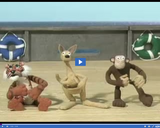
Saving the number that is 1 or 10 more than a given number.
- Subject:
- Elementary Mathematics
- Mathematics
- Provider:
- Utah Education Network
- Provider Set:
- The Number Crew
- Author:
- Public Media Education LLC
- Date Added:
- 07/01/2007
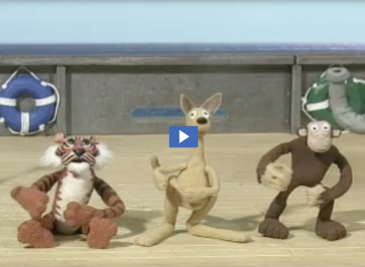

Saving the number that is 1 or 10 more than a given number.

Recognizing coins and their equivalent money values; solving money problems.
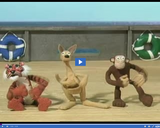
Recognizing that addition can be done in any order.

Knowing by heart addition and subration facts for 7.

Counting a hundred objects reliably by grouping them, using a tally to keep count, counting in tens.

Collecting, recording, discussing and making predictions from numerical data

Comparing and ordering, including ordinal numbers.

Two-digit numbers, the importance of place value, zero as a place holder.
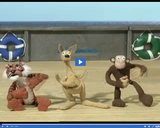
Understanding and using the vocabulary related to measuring and solving mass problems.

Understanding and using vocabulary related to measuring and solving length problems.

Introduction to division and associated vocabulary.

Solving numerical problems, recognizing simple patterns or relationships, generalizing and making predictions.
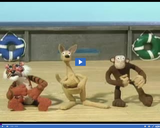
Adding a pair of single-digit numbers, crossing the 10 boundary.

Counting at least 20 objects (last number gives the count), and understanding that if the objects are rearranged the number stays the same.
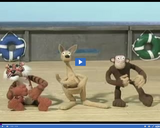
Reading and writing the numbers up to 100, counting and ordering numbers up to 100.
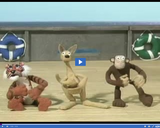
Knowing what a two-digit number represents.
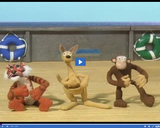
Children should gain experience of describing movements in a straight line and turning.

Estimating measuring and comparing masses using standard units.